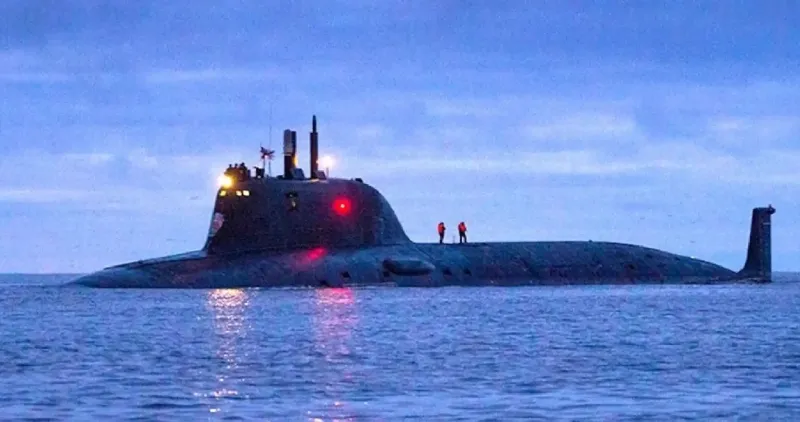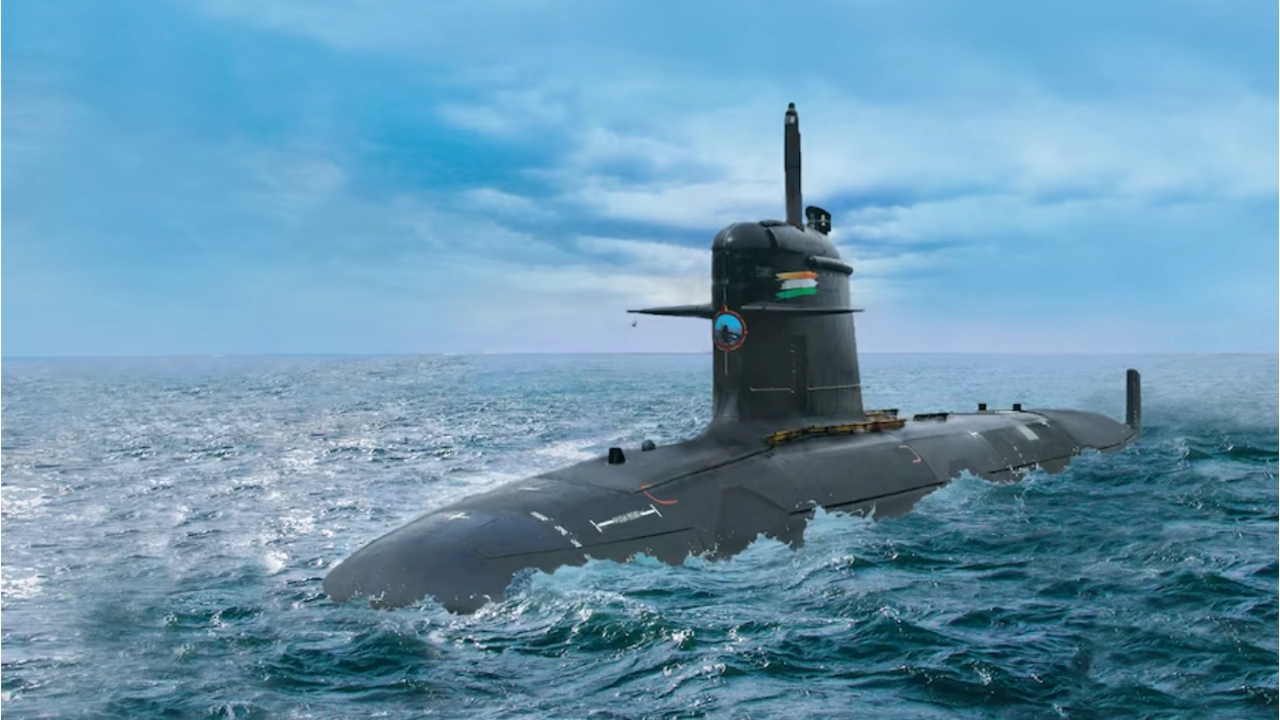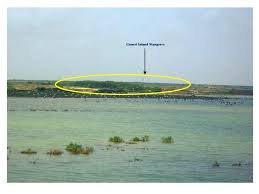India Advances Nuclear Submarine Capabilities
Introduction to India’s Nuclear Submarine Progress
India has recently made significant strides in enhancing its nuclear submarine capabilities, marking a milestone in its defense strategy. The country’s advancements in this domain are crucial for maintaining maritime security and bolstering its strategic deterrence. This progress underscores India’s commitment to strengthening its naval forces and ensuring a robust defense posture.
Key Developments in Nuclear Submarine Capabilities
India’s progress in nuclear submarine technology has been notable with the successful trials of the indigenously developed Arihant-class submarines. These submarines are equipped with advanced nuclear propulsion systems, allowing them to operate underwater for extended periods without needing to surface. The Arihant-class submarines are designed to carry ballistic missiles, enhancing India’s second-strike capability, which is vital for a credible nuclear deterrent.
Additionally, the recent successful test of the K-4 missile, which is designed to be launched from a submarine, demonstrates India’s capability to develop and integrate sophisticated weaponry into its naval platforms. The K-4 missile has a range of approximately 3,500 kilometers, significantly extending the reach of India’s nuclear deterrent.
Strategic Implications of Enhanced Capabilities
The enhancement of nuclear submarine capabilities is expected to have profound strategic implications for India. It positions India as a formidable naval power in the Indian Ocean region and contributes to its overall security strategy. The ability to deploy nuclear-powered submarines provides India with a credible second-strike capability, which is essential for maintaining a balance of power and ensuring national security.
Moreover, the advancements in submarine technology align with India’s broader goals of becoming a major player in global naval affairs. By investing in cutting-edge technologies and expanding its naval capabilities, India is asserting its position as a key strategic player in the maritime domain.

Why This News is Important
Strengthening National Security
The advancement in India’s nuclear submarine capabilities is a significant development for national security. With the ability to deploy nuclear-powered submarines, India can enhance its strategic deterrence and maintain a credible second-strike capability. This is crucial for safeguarding the country against potential threats and ensuring stability in the region.
Enhancing Strategic Deterrence
Nuclear submarines play a pivotal role in a country’s strategic deterrence strategy. By advancing its submarine capabilities, India ensures that it has a reliable means of delivering nuclear weapons in the event of a conflict. This development enhances India’s position in global strategic calculations and reinforces its deterrent posture.
Regional and Global Implications
India’s advancements in nuclear submarine technology have implications beyond its borders. As India strengthens its naval capabilities, it can exert greater influence in the Indian Ocean region and contribute to regional security dynamics. The enhancement of these capabilities also signals India’s growing role in global maritime affairs.
Technological and Industrial Growth
The progress in nuclear submarine technology reflects India’s growing technological and industrial capabilities. The successful development and integration of advanced systems into its naval platforms showcase the country’s growing expertise in defense technology and its ability to produce cutting-edge military equipment.
Future Prospects and Investments
The ongoing advancements in India’s submarine capabilities suggest a continued focus on enhancing its naval forces. This development is likely to spur further investments in defense research and development, leading to innovations in technology and improvements in national security.
Historical Context
Early Developments in India’s Nuclear Submarine Program
India’s journey toward developing nuclear submarines began in the early 1980s with the acquisition of nuclear technology from the Soviet Union. The Indian government recognized the strategic importance of having a nuclear-powered submarine fleet and initiated efforts to develop indigenous capabilities.
The Arihant-Class Submarines
The Arihant-class submarines, which represent a significant achievement in India’s naval capabilities, were first commissioned in 2016. These submarines are part of India’s broader strategy to enhance its strategic deterrence and ensure maritime security.
Integration of Advanced Technologies
Over the years, India has made substantial progress in integrating advanced technologies into its nuclear submarine fleet. The successful trials of the K-4 missile and other advancements highlight India’s commitment to maintaining a cutting-edge defense capability.
Current Status and Future Prospects
Today, India continues to invest in its nuclear submarine program, with plans to develop additional submarines and enhance existing capabilities. The focus remains on maintaining a robust and credible deterrent while advancing technological innovations.
Key Takeaways from “India Advances Nuclear Submarine Capabilities”
| Serial Number | Key Takeaway |
|---|---|
| 1 | India has successfully advanced its nuclear submarine capabilities with the Arihant-class submarines. |
| 2 | The K-4 missile, recently tested, extends India’s nuclear deterrent range to approximately 3,500 kilometers. |
| 3 | Enhanced submarine capabilities contribute significantly to India’s strategic deterrence and national security. |
| 4 | The developments reflect India’s growing technological and industrial capabilities in defense technology. |
| 5 | Advancements have broader regional and global implications, positioning India as a key player in maritime security. |
Important FAQs for Students from this News
1. What is the significance of India’s advancements in nuclear submarine capabilities?
India’s advancements in nuclear submarine capabilities enhance its strategic deterrence and national security. Nuclear-powered submarines, like the Arihant-class, provide a credible second-strike capability, which is crucial for maintaining stability and safeguarding against potential threats.
2. What are the key features of the Arihant-class submarines?
The Arihant-class submarines are equipped with advanced nuclear propulsion systems and can carry ballistic missiles. They are designed to operate underwater for extended periods and are integral to India’s strategic deterrent.
3. What is the role of the K-4 missile in India’s defense strategy?
The K-4 missile, with a range of approximately 3,500 kilometers, enhances India’s second-strike capability. It can be launched from submarines, allowing India to maintain a credible nuclear deterrent even if its land-based assets are compromised.
4. How do nuclear submarines contribute to India’s maritime security?
Nuclear submarines provide a significant advantage in maritime security by enabling stealthy operations and extended underwater endurance. They enhance India’s ability to project power and secure its maritime interests.
5. What are the future prospects for India’s nuclear submarine program?
India is expected to continue investing in its nuclear submarine program, with plans to develop additional submarines and advance existing technologies. This ongoing investment aims to strengthen its naval capabilities and maintain a robust defense posture.
Some Important Current Affairs Links


















